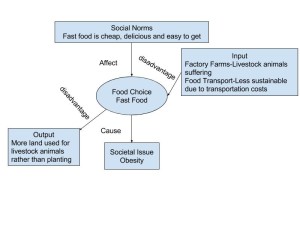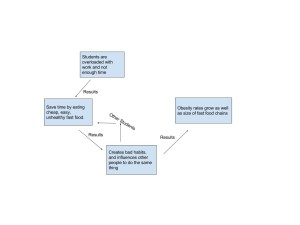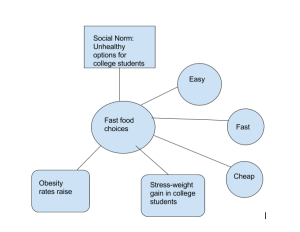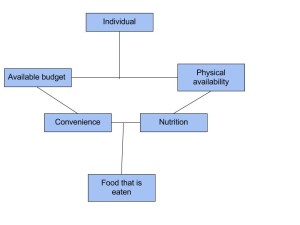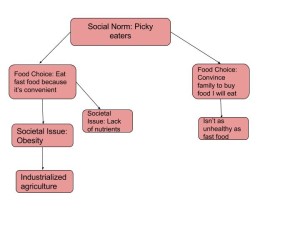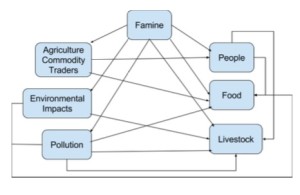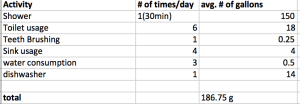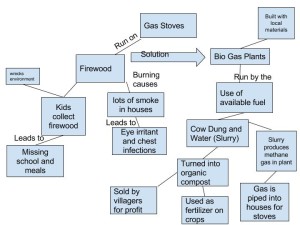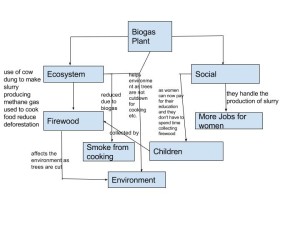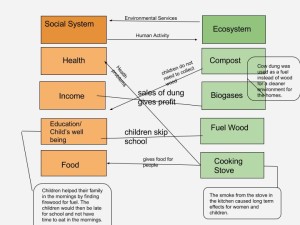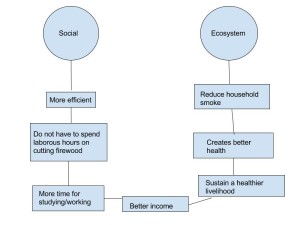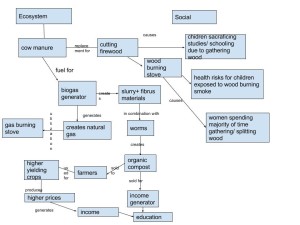Case Studies in Development/mae26
Case Study #1: WBCSD Action 2020: Restore Productivity to Degraded Land “Go Zones”
The source of this information is The World Business Council for Sustainable Development and their Action 2020 program which they describe as a “Platform for business to take action on sustainable development.” The site is:
http://action2020.org/business-solutions/restore-productivity-to-degraded-land-go-zones
I found this to be an intriguing approach to sustainable development and remediation, since business is so often seen as being on the other side of the equation.
The most interesting project is Restore Productivity to Degraded Land “Go Zones.”
They identified numerous “Go Zones,” areas ready for development around the world. It is interesting to compare these locations with some of the maps contained in the course material and note the correlations -see website for these locations. WBCSD defines land degradation as “Any reduction or loss in the biological or economic productive capacity of the land caused by human activities, exacerbated by natural processes, and often magnified by the impacts of climate change and biodiversity loss (UNCCD 2013).” That is, the land has been pushed past its point of resilience. The aim of these projects is
to restore the degraded land to its natural state or prepare it to be used for farming, social or residential use. WBCSD seeks to outline the basic parameters for these projects and support businesses around the world in engaging in them.
Case Study #2: Effects of Land Degradation on Soil Fertility: A Case Study of Calabar South, Nigeria
Compared to the first case study, WBCSD, this case takes a much more ‘granular’ approach. It identifies the primary causes of land degradation in the area (among them, land clearance, poor farming practices, urbanization and improper irrigation) as well of the extent of the problem (nearly 60% of the regions land is considered degraded) and the net effects (a 60% loss of farming productivity.) An examination was done of the specific underlying reasons and a chemical analysis of current soil properties of several areas.
The author, Emoki Eni, also drew specific conclusions and pointed out lessons to be learned from the agricultural practices being used in the area. One of those conclusions was the importance having a master plan for development. This parallels, somewhat, the work being done by WBCSD in case study #!.
The source of this information was the following:
http://www.intechopen.com/books/environmental-land-use-planning/effects-of-land-degradation-on-soil-fertility-a-case-study-of-calabar-south-nigeria
Case #3: Roche Nutley Environmental Remediation
I live in Nutley, NJ. The Township was, for years, the U.S. home of Roche Pharmaceuticals, a producer of synthetic vitamin C, Valium, other drugs and consumer cosmetics. These were developed, tested and produced at the Nutley site. It was well-known in the 1950’s and 60’s that much of the by-products of this testing and manufacturing was disposed of on-site and dumped into the Third River, which flowed through the Roche property and, literally, through the entire length of the Township. Therefore, many toxins were ‘distributed’ through the neighboring area. Though it cannot be definitively proved, as kids we were all sure that Roche’s dumping was the reason that frogs in the “Mudhole” – a small pond fed by the river – had six legs! Yes, two sets of hind legs!
When Roche vacated their property and put it up for sale a few years ago, it was determined that a massive remediation project was needed to make the area safe for new development (businesses and housing). Years of dumping had thoroughly polluted the property. A master plan was drafted for a comprehensive investigation and ultimately a remediation effort.
Although the use to which this land will be put is different than that dealt with in the two earlier cases, the need for restoration of the degraded land is similar.
Mike Evangelista

